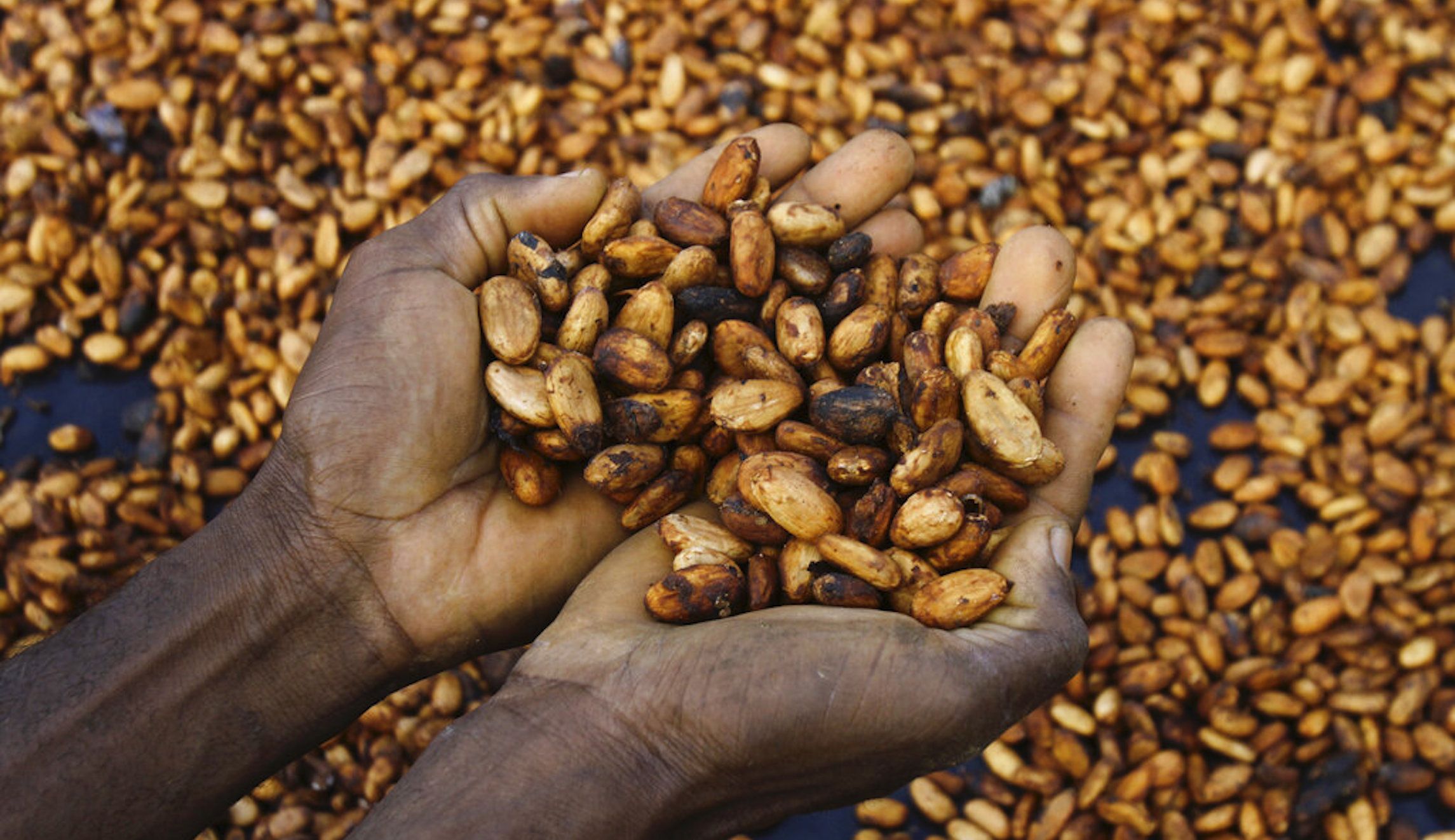

A recent string of record-high prices in commodities as different as coffee and copper may be traced back to the same underlying cause: a U.S. economy that is running hot.
The rising prices of commodities might even be a sign that the Federal Reserve is not succeeding in its efforts to drive down inflation, economists told the Washington Examiner. In other words, record commodity prices could mean that monetary policy is too loose, even after a number of rate hikes by the Fed.
The Fed, at first glance, might appear to be an unlikely culprit in the rise in commodity prices.
Instead, it would seem that a series of random one-off factors drove up the prices of different commodities.
Cocoa prices, for instance, soared to record highs this spring thanks to aging tree stock and disease in the Ivory Coast and Ghana.
Coffee prices also set records this spring in large part because of drought in Vietnam.
Copper prices soared to record highs last month. The price of copper has, for centuries, been viewed as a barometer of economic activity, because of copper’s wide range of applications — in construction, appliances, and much more. In this case, though, traders attributed the run-up to a short squeeze.
Other commodities have also hit records recently, including gold.
Overall, apart from oil and natural gas, commodity prices have been rising in recent months and are at or near the highest levels in a decade, apart from the spike seen after Russia’s invasion of Ukraine.
While a range of disparate supply-side factors has driven up the pieces of various commodities, one larger demand-side factor may be ultimately responsible for the rise in prices as a whole. Namely, the continued cyclical strength of the U.S. economy.
U.S. gross domestic product has been growing at a fast clip, at an annual rate of 8.3%, 5.1%, and 4.3% in the most recent quarters. (Unlike the GDP statistics most commonly reported in the media, those figures are not adjusted for inflation.)
Those numbers indicate that there is a lot of demand for goods and services on the part of governments at all levels, businesses, and consumers. That can also be seen in the fact that the unemployment rate, at 4% in May, remains very low by historical standards.
Both the low unemployment rate and high commodities prices could be a sign that the Fed’s monetary policy is “loose,” that is, that there are too many dollars chasing too few goods and services.
The idea that monetary policy could be loose might come as a surprise to many noneconomists given that the Fed has raised its target interest rate to the highest level in decades and rates on products like mortgages and auto loans have soared. But high rates do not necessarily mean that money is tight, as shown by the fact that rates were often far higher during the Great Inflation of the 1960s and 1970s.
And the decisions made by Chairman Jerome Powell and other Fed officials can affect commodities through a few different means.
One is that higher interest rates can give investors greater incentive to sell commodities that would otherwise stay in storage in order to use the money from the sales to buy bonds that pay higher interest rates.
A second is that if a monetary policy change leads investors to think growth will be stronger, they will also anticipate greater demand for commodities. That’s because economic growth means more use of metals for construction, wood for homebuilding, and so forth.
Lastly, Fed decisions can have major effects on the dollar, which in turn translates into commodities prices given that most commodities are traded internationally in dollars. For example, the dollar rose more than 20% from the summer of 2014 to the start of 2016 as the Fed moved to raise rates from the near-zero level they had been set during the wake of the financial crisis. During the same time, the price of West Texas Intermediate crude oil fell from around $100 a barrel to under $40, disrupting the shale boom and leading to the layoffs of hundreds of thousands of oil field workers.
Economic studies have found evidence that the Fed’s decisions can move commodities prices. A paper published by the International Monetary Fund in October, for example, found that a 0.10 percentage point increase in the Fed’s target rate reduces commodity prices between 0.5% and 2.5% in a matter of weeks.
Pulling all that information together, some economists see the high commodities prices as a sign that the Fed is keeping money too loose.
David Jacks, the J.Y. Pillay Professor of Social Sciences at Yale-NUS College and professor of economics at the National University of Singapore, said in an email to the Washington Examiner that the activity in commodities markets reflects “remarkably loose fiscal policy.”
Jacks noted that the U.S. government is running large fiscal deficits, meaning that it is spending more money than it is taking in, putting upward pressure on inflation. “The fact that the US is running a deficit in excess of 5% outside of a recession is without recent historical precedent and has natural spillover effects in asset markets and expectations of inflation,” he said.
Still, other economists see the high commodity prices as a sign that the economy is hot but not necessarily that the Fed’s monetary stance is stoking more inflation.
Jeffrey Frankel, an economist at the Harvard Kennedy School who has researched the connection between monetary policy and inflation, noted in an email that real interest rates have risen and the dollar has strengthened. Those developments would both normally be interpreted as signs that monetary policy is getting tighter, not looser.
“All things considered, I would suggest that strong US economic growth is the driving force behind all 3: high commodity prices, high real interest rates, and high dollar,” he wrote.
CLICK HERE TO READ MORE FROM THE WASHINGTON EXAMINER
Still another consideration is that the prices of commodities, which are traded worldwide, are being driven up by unexpectedly hot growth not just in the United States but also in other major economies.
Economists for BMO Capital Markets, for instance, said in a recent note that the “backdrop for non-oil commodities appears to be firming amid new support measures for the Chinese economy and disinflation progress setting the stage for central bank rate cuts.” They predicted prices to rise further in the year ahead.







